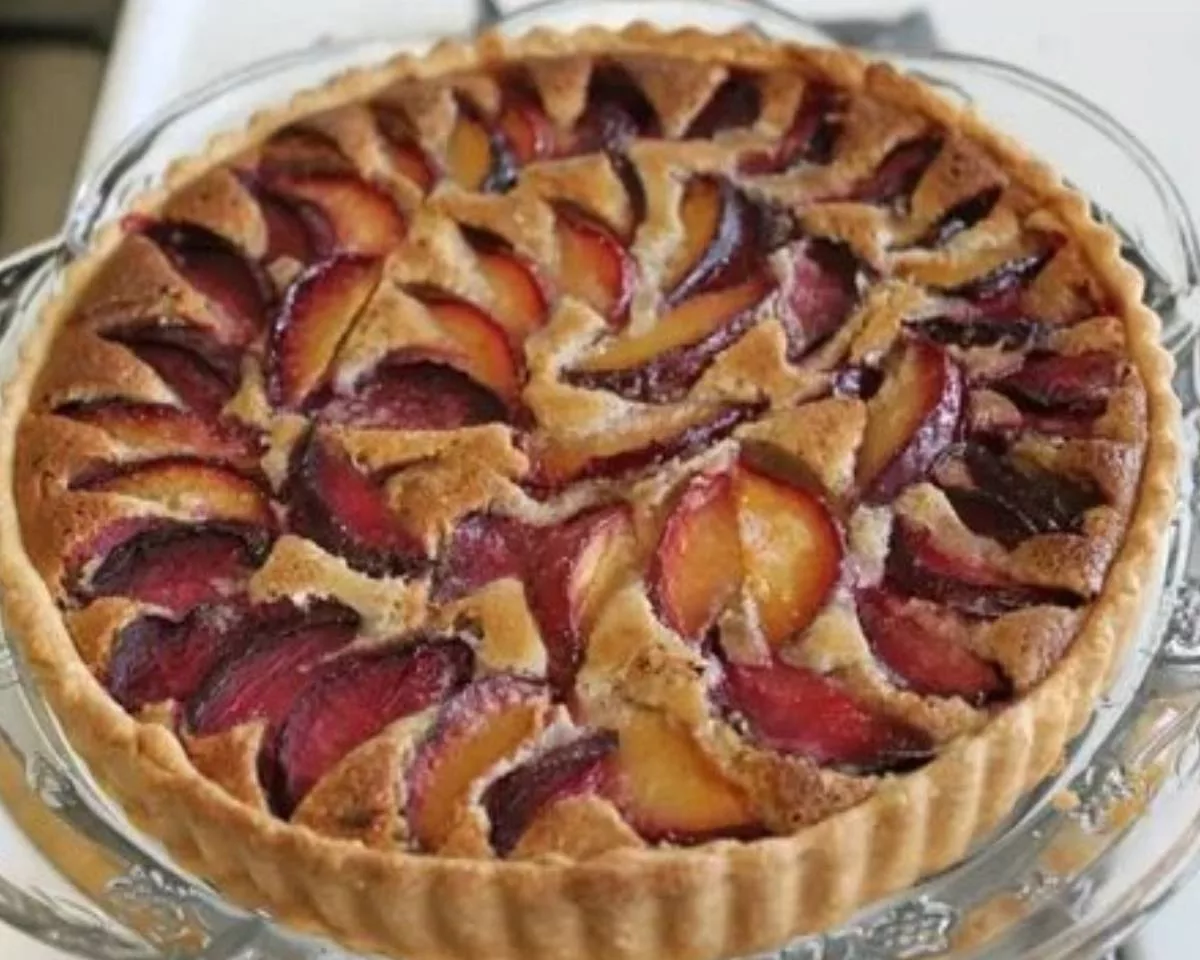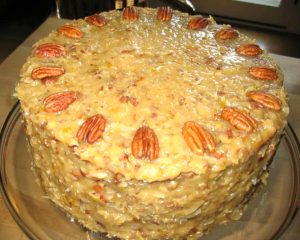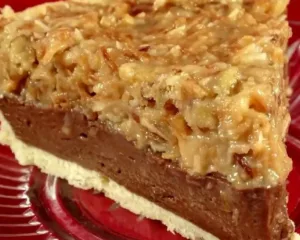German cuisine is celebrated for its rich and diverse flavors, and one dessert that stands out for its simplicity and deliciousness is the German Plum Tarte. In this article, we will take a deep dive into the world of this delightful pastry, exploring its history, ingredients, preparation, and variations. Join us on this culinary journey as we uncover the secrets of the German Plum Tarte.
A Brief History of German Plum Tarte
The German Plum Tarte, also known as “Zwetschgenkuchen” in German, has a fascinating history dating back to the Middle Ages. It originated in the Swabian region of Germany and quickly became a beloved treat across the country. Originally, it was prepared with yeast dough, reflecting the German affinity for hearty bread and pastries.
Ingredients You’ll Need
Before we delve into the preparation, let’s gather our ingredients. To make a scrumptious German Plum Tarte, you will need:
For the Crust:
- All-Purpose Flour: 2 cups
- Unsalted Butter: 1/2 cup (cold and cubed)
- Granulated Sugar: 1/4 cup
- Egg: 1
- Salt: A pinch
For the Filling:
- Fresh Plums: 2 pounds (pitted and halved)
- Granulated Sugar: 1/2 cup
- Ground Cinnamon: 1 teaspoon
- Lemon Juice: 1 tablespoon
- Vanilla Extract: 1 teaspoon
- Ground Almonds: 1/4 cup (optional)
Step-by-Step Preparation
Now that we have our ingredients ready, let’s move on to the step-by-step preparation of this delectable dessert.
Step 1: Preparing the Crust
- In a mixing bowl, combine the all-purpose flour, cubed unsalted butter, granulated sugar, and a pinch of salt.
- Use your fingers or a pastry cutter to blend the ingredients until the mixture resembles coarse crumbs.
- Add the egg and mix until a dough forms.
- Wrap the dough in plastic wrap and refrigerate it for at least 30 minutes.
Step 2: Preparing the Plums
- While the dough is chilling, wash, pit, and halve the fresh plums.
- In a separate bowl, toss the plums with granulated sugar, ground cinnamon, lemon juice, and vanilla extract. Let them marinate for 15 minutes.
Step 3: Assembling and Baking
- Preheat your oven to 350°F (175°C).
- Roll out the chilled dough and line a tart pan with it.
- If desired, sprinkle ground almonds over the crust to absorb excess moisture from the plums.
- Arrange the marinated plums on the crust, slightly overlapping them.
- Bake for 40-45 minutes until the crust is golden brown and the plums are tender.
Variations and Creative Twists
The beauty of the German Plum Tarte lies in its versatility. Here are some exciting variations to consider:
1. Streusel Topping
Add a crumbly streusel topping made from flour, sugar, and butter for an extra layer of texture and flavor.
2. Nuts and Spices
Experiment with different nuts like sliced almonds or hazelnuts and spices such as cardamom or nutmeg for a unique twist.
3. Whipped Cream or Ice Cream
Serve your Plum Tarte with a dollop of freshly whipped cream or a scoop of vanilla ice cream for a delightful contrast in temperatures and textures.
Conclusion
In conclusion, the German Plum Tarte is a timeless dessert that encapsulates the heart and soul of German baking traditions. Its sweet and tart flavor, combined with the buttery, flaky crust, makes it a favorite for all seasons. Whether enjoyed with a cup of coffee in the morning or as a dessert after a hearty German meal, this pastry never fails to impress.
FAQs
- Can I use canned plums for this recipe?
- While fresh plums are recommended for the best flavor and texture, canned plums can be used as a convenient alternative.
- What’s the best way to store leftover Plum Tarte?
- Store any leftovers in an airtight container in the refrigerator for up to three days.
- Can I freeze Plum Tarte for later consumption?
- Yes, you can freeze Plum Tarte. Wrap it tightly in plastic wrap and aluminum foil before freezing. Thaw it in the refrigerator before reheating.
- What’s the origin of the name “Zwetschgenkuchen”?
- The name “Zwetschgenkuchen” comes from the German word “Zwetschge,” which means plum, and “kuchen,” which means cake.
- Can I use other fruits besides plums?
- Absolutely! This recipe can be adapted to use various fruits like apples, cherries, or apricots for different flavors.
Now that you’ve learned the art of making the perfect German Plum Tarte, why not give it a try? It’s a delightful treat that’s sure to impress your family and friends.





